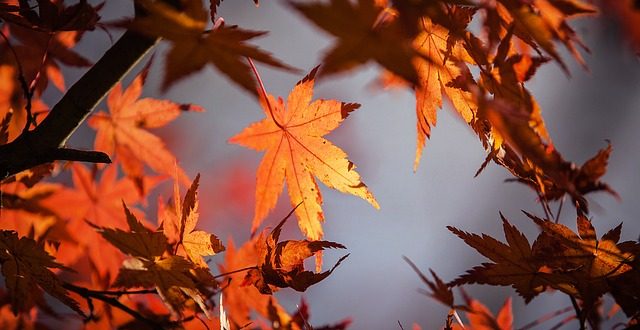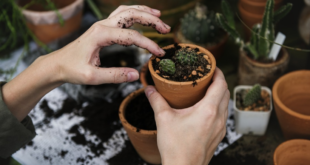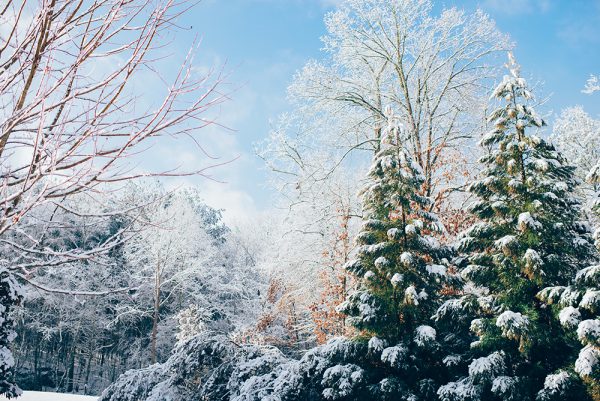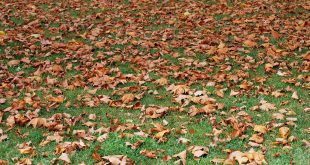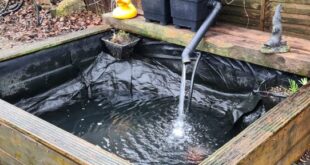If we are lucky, we may still get to sit out in October. If not, here are some jobs to do.
Clear up as much as you can in October. It will be colder soon. Although it’s hard work now, you will see the benefit in spring.
Borders
Start by clearing the annuals and bedding plants, they will be looking shabby already. This will give you a good chance to prepare the ground for new plants. It isn’t too late to plant up your spring bulbs. Plant daffodils now as they need a little more time to establish before the winter is upon us. Tulips are the exception to the rule. Planting as late as early winter (although late autumn is better) will not adversely affect their spring flowering.
Leave plants which produce crops of seeds (such as sunflowers) for the birds. Also leave more interesting ‘skeletons’ such as teasels to provide some interest in the winter months. Be sure to clear the self-seeding plants or they will spread across the whole garden.
Trees and Shrubs
Leave most pruning until spring. Prune plants most affected by heavy winter winds now. Cut back shrubs such as Buddleia, Hibiscus and Lavatera. This will much reduce the risk of wind damage. But beware, do not cut back your spring-flowering shrubs, otherwise you will lose next year’s flowers. Pest and disease-prone plants, such as roses and fruit trees, should have fallen their leaves cleared and consigned to the dustbin.
Lawns
Clean leaves off the lawns. Keep the leaves to make leaf mould. Lawns still need cutting even though the ground is probably wet underfoot. Leave it as late as possible in the day to ensure that the early morning dew has dried off – this will allow a far better cut. If you have a rotary mower, see if you can get the blade sharpened before you undertake the final cut. It will give a far neater finish and avoid ‘ripping’ the grass. Where possible brush away the worm casts with a besom before cutting.
Prepare any ground ready for turfing – once it’s ready, you can always turf in the rain, but preparing soil in the rain? That’s a different story altogether!
Houseplants
For those of you moving some of those larger houseplants back inside the house (the ones which have spent the summer outside), give the leaves a wipe over with Bio leaf-shine or similar. Also spray while outside using a systemic insecticide to protect against mealy bug, or red spider mite. These pests thrive in centrally heated homes where the atmosphere can sometimes become very dry, especially in homes with UPVC windows and doors. A light misting with water over the whole plant will help, or even better, invest in a home humidifier – a small container you hang over the radiator and fill with water to help keep some moisture in the air.
For those of you wanting to get Hyacinths ready for flowering over the Christmas period, prepared bulbs will be available for planting up now. Bulb fibre is the easiest and cleanest type of compost to use as it also contains charcoal to stop the compost going stale – a dwarf pot or similar is ideal. When planting, ensure that the nose of the bulb is just proud of the compost. It doesn’t matter if the bulbs touch, just ensure that all the gaps are filled with compost. Put them into a cool and dark place until the bulbs start to shoot – it’s a popular misconception that they need to be put into a warm environment! Bring out into the light when the shoots are about 2″ high and flowering should then take place from the middle of December onwards.
Propagation
It is worth collecting and saving seeds for planting next year if you want to. Don’t bother with the highly bred varieties, the outcome is usually disappointing. Seeds from foxgloves, sunflowers, poppies and teasels give good results.
Allow the seed to ripen and once they are ready, cover the seed-heads with paper bags to prevent the seeds from being scattered across the bed. Particularly watch out for plants such as geraniums and lupins which have explosive seed-heads – they will scatter the seed far and wide. Gather the bag tight around the stem of the plant before cutting off the seed-head. With some plants, the seeds are released easily and can be stored in a labelled envelope ready for sowing. Those that are more reluctant to shed their seed should be labelled and stored in their paper bags in a warm, dry place. Plants that produce large seed can be placed on a sheet of paper in a seed tray. After a few days the seed-heads or pods will have dried completely and the seeds fully ripened.
Remove the seed and store in a cool, dry place ready for sowing. Berry seeds can be extracted by squashing the ripe fruits and then rinsing in clean water. If this fails, try soaking them in water for a few days before chopping up the pulp with a short burst of a blender. Rinse the seed and place on paper to dry before labeling and storing.
General
Check on greenhouse heating and lighting, the clocks go back soon!
Start to dig over as much as possible when the weather allows incorporating compost or farmyard manure into the ground. This feeds and improves the structure of the soil. Adding lime at the rate of about a handful per sq.m will help keep club root at bay or attacks to a minimum. If you think your ground contains club root (attacks brassica family, cabbages, sprouts etc.) try rotating crops. Do not to put farmyard manure on ground where you intend to grow root crops – it causes them to split.
Finally, get hold of some netting to cover your pond or rockery to protect against leaves. It’ll save you hours in the spring, as you try and clear the thick wad of leaves sitting in the bottom of the pond gently rotting.
 Gardeners Club The Gardeners Club is a free to join online club for everyone with an interest in gardening and gardens.
Gardeners Club The Gardeners Club is a free to join online club for everyone with an interest in gardening and gardens.
